- Understanding the Fitness App Industry
- Planning Your Fitness App Development in 4 Simple Steps
- Different Types of Fitness Apps and Their Features
- Step-by-Step Guide to Fitness App Development
- Fitness App Development Technology Stack
- Estimating the Costs of Fitness App Development
- Key Takeaways for Creating Your Own Fitness App
- Our Fitness App Development Success Stories
- Wrapping Up
- FAQs

In 2024, the world has become increasingly health-conscious, and people are voraciously turning to technology to help them achieve their fitness goals.
If you’re a tech-savvy entrepreneur with a passion for fitness, you might be considering building a fitness app to help people stay motivated and on track. But with so many apps already out there, how do you make yours stand out from the crowd?
In this comprehensive guide, we’ll cover everything about fitness apps — from understanding the industry and different types of apps to planning your app development and estimating the costs.
We’ll also explore the technical aspects of developing your app, from defining the app’s purpose and features to creating technical documentation, designing your app, and finally, developing your app’s workouts and programs.
So, put on your running shoes, and let’s get started!
- Understanding the Fitness App Industry
- Planning Your Fitness App Development in 4 Simple Steps
- Different Types of Fitness Apps and Their Features
- Step-by-Step Guide to Fitness App Development
- Fitness App Development Technology Stack
- Estimating the Costs of Fitness App Development
- Key Takeaways for Creating Your Own Fitness App
- Our Fitness App Development Success Stories
- Wrapping Up
- FAQs
Understanding the Fitness App Industry
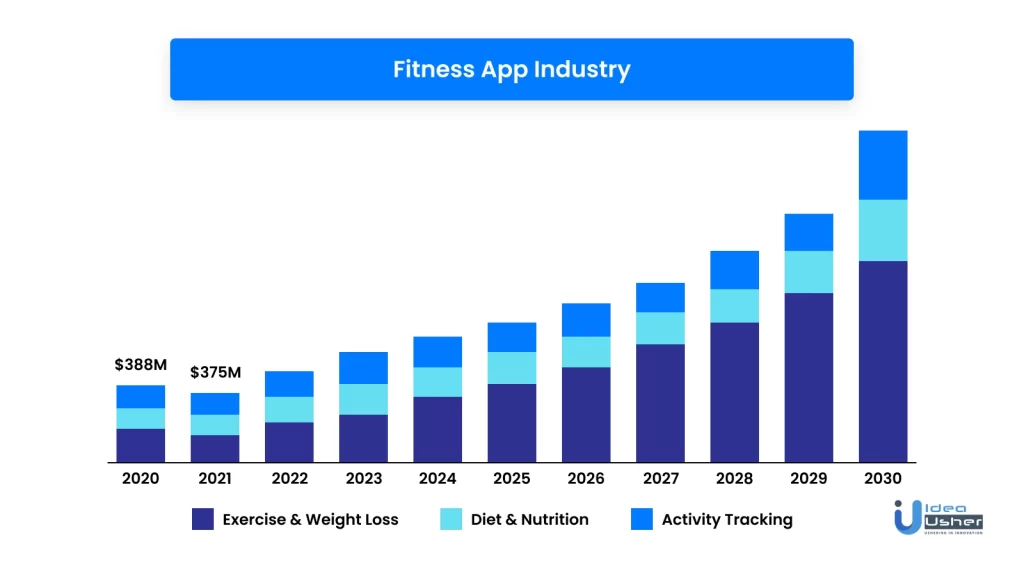
The fitness app market has been growing at a breakneck pace! The market size for fitness apps worldwide was valued at USD 1.1 billion in 2021, and it is predicted to grow at a CAGR of 17.6% between 2022 and 2030.
The market is segmented by type (workout/exercise apps, nutrition and diet apps, and activity tracking apps) and by platform (iOS, Android, and others).
Some key industry trends and statistics:
- Mobile health and fitness apps are the second-most popular app category to dominate the 2023 mobile app market and beyond.
- In 2021 alone, there were over 400 million fitness app downloads worldwide.
- Fitness apps with a personalized coaching feature are becoming increasingly popular, with a 70% growth rate in the past year.
- Wearables and smart devices are expected to become more integrated with fitness apps, making it easier for users to track their progress.
- The COVID-19 pandemic accelerated the growth of the fitness app market further as people increasingly started adopting home workouts and virtual fitness classes.
- FitOn, Beachbody On Demand, Nike Training Club, & MyFitnessPal are some of the best fitness apps with 2023
Planning Your Fitness App Development in 4 Simple Steps
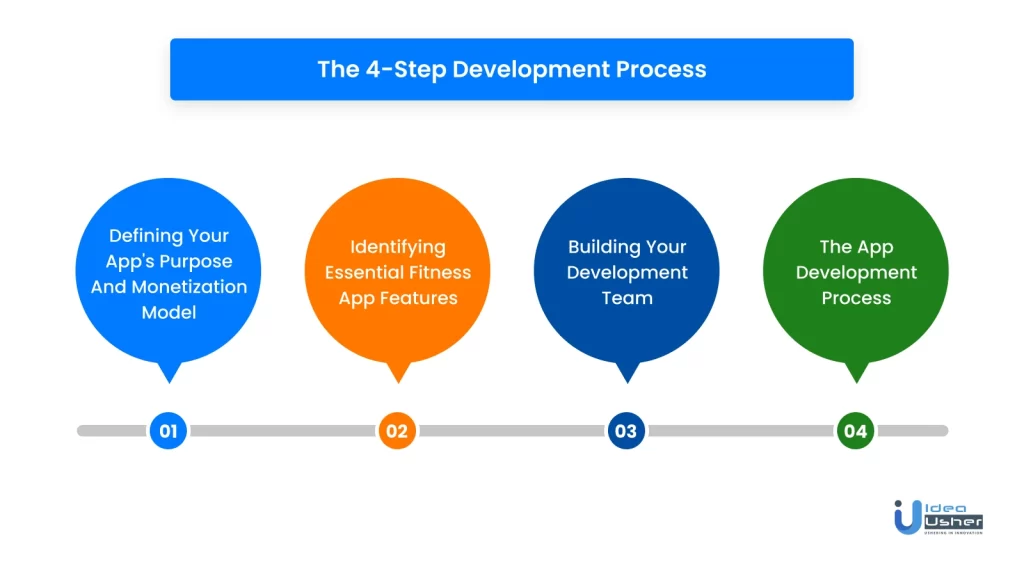
When developing a fitness app, it can be overwhelming to think about all the features you want your app to have, how to monetize it, and who you need on your development team.
Here is the 4-step app development plan that you need to follow
1: Defining Your App’s Purpose and Monetization Model
Begin by defining the purpose of your fitness app. What type of fitness do you want to focus on? Is it strength training, cardio, or yoga?
Once you have a clear idea of your app’s purpose, determine the best monetization model. You may want to consider offering in-app purchases, subscriptions, or a freemium model where basic features are free, and users can upgrade to unlock more advanced features.
2: Identifying Essential Fitness App Features
The second step is to identify the essential features your app needs to have. These might include workout tracking, goal setting, progress tracking, social sharing, and personalized coaching.
Make a list of features you want to include and prioritize them based on their importance.
3: Building Your Development Team
Once you have a clear idea of your app’s purpose and features, it’s time to build your development team. This might include a project manager, designers, developers, and quality assurance testers.
Consider whether you want to hire an in-house team or outsource your development to a third-party agency.
4: The App Development Process
The final step in planning your fitness app development is understanding the app development process.
This includes creating technical documentation, designing your app, developing your app’s workouts and programs, and conducting quality assurance testing. Make sure you have a clear understanding of each step in the process and what your development team will be responsible for.
By following these four steps, you can streamline your fitness app development process and create an app that meets your users’ needs while generating revenue.
Different Types of Fitness Apps and Their Features
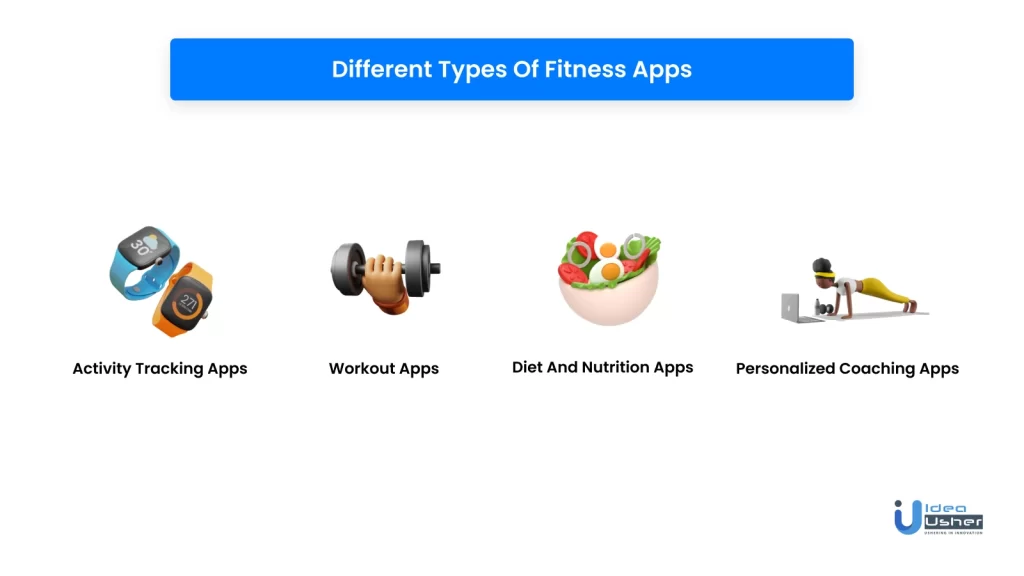
In recent years, there have been several different types of fitness and wellness apps available. Here are some of the most common types of fitness apps and their features:
1. Activity Tracking Apps
Activity-tracking apps are designed to help users track their physical activity throughout the day. These apps can monitor steps taken, calories burned, and distance traveled, among other metrics. Some of the popular activity-tracking apps include Fitbit, Apple Health, and Google Fit.
Essential Features:
- Pedometer and activity tracker
- Integration with wearables and other fitness trackers
- Calorie tracking and nutrition logging
- Goal setting and progress tracking
2. Diet and Nutrition Apps
Diet and nutrition apps help users track their food intake and make healthier choices. These apps can provide users with nutrition information, calorie counting tools, and meal planning features. Some popular diet and nutrition apps include MyFitnessPal, Lifesum, and Lose It!
Essential Features:
- Calorie tracking and food logging
- Barcode scanning for easy food tracking
- Nutrition tracking and analysis
- Meal planning and recipe suggestions
3. Workout Apps
Workout apps are designed to provide users with structured exercise routines and workout plans. These apps can offer a variety of workout styles, from strength training to yoga, and can be customized to fit individual fitness goals. Some popular workout apps include Nike Training Club, Sworkit, and Seven Minute Workout.
Essential Features:
- Customized workout plans
- Instructional videos and animations
- Progress tracking and goal setting
- Integration with wearables and other fitness trackers
4. Personalized Coaching Apps
Personalized coaching apps are designed to provide users with one-on-one coaching and guidance from fitness professionals. These apps can offer personalized workout and nutrition plans, as well as real-time feedback and motivation. Some popular personalized coaching apps include Aaptiv, Fitplan, and Freeletics.
Essential Features:
- Customized workout and nutrition plan
- Real-time feedback and motivation
- One-on-one coaching and support
- Goal setting and progress tracking
Step-by-Step Guide to Fitness App Development
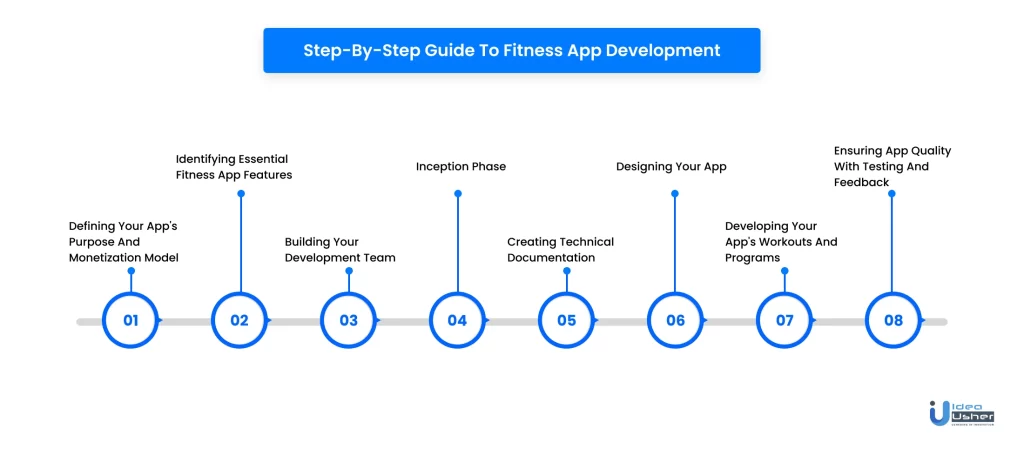
Creating a successful fitness app can be a challenging endeavor, but following a well-structured development process can make all the difference. Here’s a more detailed breakdown of the eight steps involved in fitness app development:
Step 1: Defining Your App’s Purpose and Monetization Model
To define your app’s purpose, it’s essential to conduct market research to identify what users are looking for in a fitness app.
Consider what unique features or benefits your app can offer that aren’t currently available on the market.
When it comes to monetization, you can offer your app as a free download with in-app purchases, charge a one-time fee for download, or offer a subscription-based model.
Step 2: Identifying Essential Fitness App Features
The features you choose to include will depend on its purpose and target audience. It’s crucial to keep in mind that simplicity and ease of use are essential for a fitness app’s success.
Features may include activity tracking, workout plans, nutrition tracking, social sharing, and coaching features.
Recommendation:
Consider user experience (UX) crucially when deciding which features to include and prioritize. Check design portfolios and mockups on Behance and Dribble for more inspiration.
Step 3: Building Your Development Team
Once you have a clear idea of your app’s purpose and features, the next step is to assemble your development team. This team will include designers, developers, and quality assurance specialists.
We recommend choosing teams that have prior experience in developing fitness apps. Go through the portfolios of the teams that you consider and choose the one that best meets your budget.
Communication is also key, so establish clear lines of communication with your team to ensure everyone is on the same page.
Step 4: Inception Phase
During the inception phase, you’ll need to define the scope of the project, establish milestones, and create a roadmap for development. This phase is critical to ensure that the development process stays on track and that everyone involved understands the project’s goals and timeline.
We recommend using collaboration applications like Slack, ClickUp, or Microsoft Teams to stay on the edge of your daily communications.
Step 5: Creating Technical Documentation
Technical documentation is essential to ensure that the development team has a clear understanding of the app’s architecture, coding standards, and development process. This documentation will also be crucial for future updates and maintenance of the app.
Here are some recommended app architecture and coding standards:
- Use a modern and scalable technology stack: Choose a technology stack that is well-suited for building fitness apps. A stack that is commonly used in mobile app development is the MEAN stack, which consists of MongoDB, Express, AngularJS, and Node.js.
- Follow a modular and scalable architecture: Divide your app into small and reusable components that can be easily maintained and scaled. A common architecture pattern used in mobile app development is the Model-View-Controller (MVC) architecture, where each component has a specific role and responsibility.
- Implement an API: Use RESTful or any other alternative APIs like FALCOR, gRPC, and GraphQL to communicate between your app and the server. This will enable easy data exchange and ensure your app is scalable.
- Use a cloud-based infrastructure: Use a cloud-based infrastructure like AWS or Google Cloud Platform to ensure scalability, reliability, and security.
- Follow coding standards: Use coding standards like Google’s Material Design guidelines and Apple’s Human Interface Guidelines to ensure your app’s design is consistent and easy to use. Additionally, follow coding best practices like proper code commenting, version control, and continuous integration.
Step 6: Designing Your App
The design phase involves creating the visual elements of the app, including the user interface, graphics, and branding. A well-designed app is essential for engaging users and providing a seamless user experience.
Recommendations:
- Define the app’s user flow by creating a wireframe or prototype.
- The end iteration should be intuitive and easy to understand.
- Test your design with target users to get feedback and make necessary adjustments.
Step 7: Developing Your App’s Workouts and Programs
This step involves creating workouts and programs that align with your app’s purpose and target audience. Here are some critical considerations for developing your app’s workouts and programs:
- Define the workout types: Define the workouts you want to offer in your app, such as strength training, cardio, or yoga. Consider the fitness level of your target audience and offer workouts that cater to different fitness levels.
- Create workout plans: Create plans that users can follow to achieve their fitness goals. These plans should be tailored to the user’s fitness level and goals.
- Design exercises: Exercises must align with your workout plans and fitness goals. The exercises should be safe, effective, and easy to understand.
- Provide progress tracking: Progress tracking features allow users to track their progress and set goals. This will help users stay motivated and engaged with your app.
- Consider personalization: Add a feature to offer personalized workout programs based on the user’s fitness level, goals, and preferences. This will enhance the user’s experience and give them a sense of accomplishment.
- Collaborate with fitness professionals: Collaborate with fitness professionals to ensure the workouts and programs you offer are safe and effective. Seek feedback and incorporate it into your app to ensure the best possible user experience.
Step 8: Ensuring App Quality with Testing and Feedback
Ensuring that your fitness app is high quality is essential for user retention and positive reviews. This can be done by regularly testing the app thoroughly and gathering feedback from users.
There are several types of testing that you can perform, including functional testing, usability testing, compatibility testing, and security testing.
- Functional testing ensures that the app’s features and functions work as intended and there are no bugs or errors in the app.
- Usability testing helps ensure that the app is user-friendly and easy to navigate.
- Compatibility testing ensures that the app works on different devices and operating systems.
- Security testing ensures that the app’s user data is secure and protected from potential threats.
Once testing is complete, gather user insights into what they like and dislike about the app, what features they find helpful, and what areas they think could be improved. This feedback can help you make informed decisions on future updates and improvements to the app.
Fitness App Development Technology Stack

When deciding on the technical stack, you should consider factors such as app performance, scalability, and security. Here are some recommendations for each of the developmental steps:
Database Management: MySQL or PostgreSQL
Cloud Service: Amazon RDS or Microsoft Azure SQL
Exercise Design: Adobe Photoshop or Sketch to create high-quality images and illustrations. Blender or Maya for creating animations and 3D models.
Progress Tracking: Sensors and GPS
Personalized Guidance: NLP-based APIs such as OpenAI or IBM Watson for personalized progress-based recommendations
Front-end Development: React Native, Vuejs, AngularJS
Back-end Development: Ruby on Rails, Node.js, DjangoCross-platform development: React Native or Xamarin
Estimating the Costs of Fitness App Development
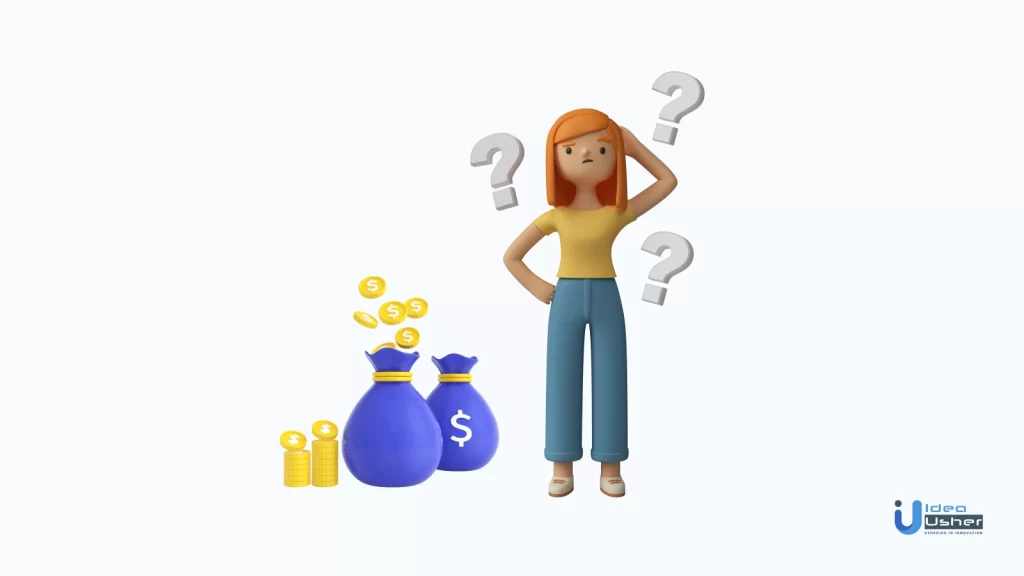
The cost of developing a fitness app depends on different factors. Some of the most important factors that you should consider are:
- App Features: The more features and functionality you want your app to have, the higher the development costs will be. Complex features like personalized coaching or real-time workout tracking will require more development time and resources.
- App Design: A well-designed app is critical to attracting and retaining users. A professional, high-quality design can be expensive, and such might vary depending on the complexity of your design.
- Development Team: The size and expertise of your development team will impact development costs. Hiring experienced developers and designers will cost more but may result in a higher-quality app.
- Platform: Developing for multiple platforms (iOS and Android, for example) will increase development costs. It’s essential to decide which platforms your app will support before beginning development.
- Testing: Testing is a crucial part of app development and can impact costs significantly. Thorough testing can identify bugs and usability issues, ensuring a better user experience, but it may require additional resources.
Based on these considerations, here are some sample cost breakdowns for different types of fitness apps:
| App Type | Basic Features | Advanced Features | Total Cost |
| Activity Tracking | User registration, activity tracking, basic analytics | Social sharing, personalized recommendations, advanced analytics | $10,000 – $50,000 |
| Diet and Nutrition | User registration, meal tracking, basic analytics | Recipe suggestions, personalized meal plans, integration with grocery delivery services | $20,000 – $75,000 |
| Workout | User registration, workout tracking, basic analytics | Customized workout plans, personalized coaching, integration with wearables | $25,000 – $100,000 |
| Personalized Coaching | User registration, personalized coaching, basic analytics | Customized workout plans, nutrition coaching, messaging, and video chat with the coach | $50,000 – $150,000 |
Note: The costs mentioned above are just estimates and can vary depending on various other factors, such as the development team’s experience, location, project scope, etc.
Key Takeaways for Creating Your Own Fitness App
Based on what we discussed in this entire blog, here are the 4 key takeaways that you need to absolutely consider before creating your own fitness app:
- Define your app’s purpose and target audience to determine the features and functionality that your app should include. Consider what unique value your app will offer and how it will stand out in a competitive market.
- Careful planning and attention to detail are critical for a successful fitness app. This includes identifying essential features, building a solid development team, and following a step-by-step development process to ensure app quality.
- User engagement and experience are crucial for the success of a fitness app. This includes incorporating personalized features, tracking progress, and collaborating with fitness professionals to ensure that your app’s workouts and programs are safe and effective.
- Cost is an important factor in developing a fitness app. Be sure to carefully estimate the costs associated with development and maintenance, and consider your monetization strategy to ensure a sustainable business model.
Our Fitness App Development Success Stories
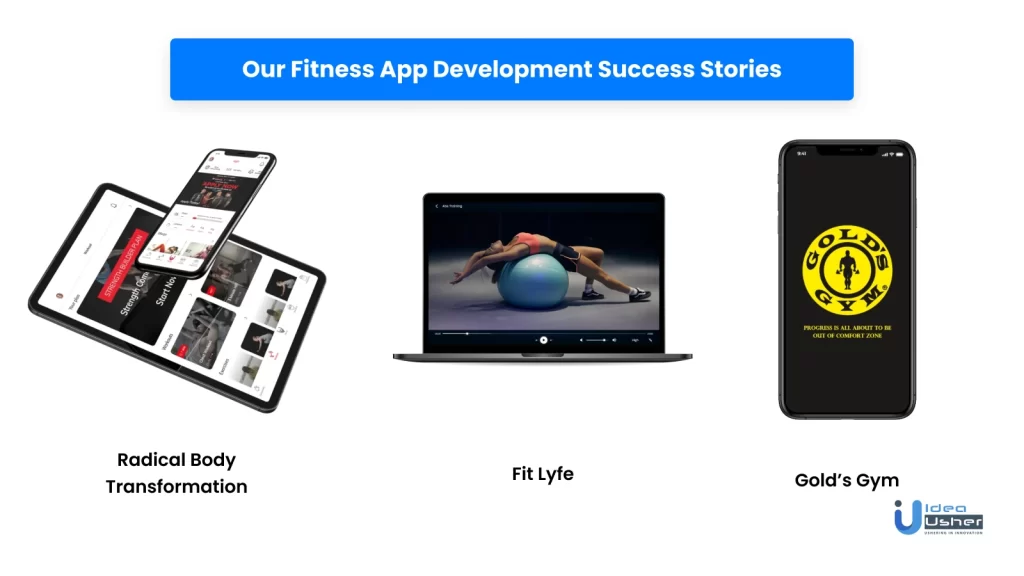
At Idea Usher, we have worked on several successful fitness app development projects, providing our clients with innovative and robust digital solutions. Here are three examples of our fitness app development success stories:
Radical Body Transformation
At Idea Usher, we developed a well-crafted and robust digital fitness solution named Radical Body Transformation (RBT) that fulfills all the fitness needs of United States users.
The app can suggest workout and diet plans according to the user’s fitness goals, making it a one-stop solution for anyone looking to transform their life by getting fit and healthy.
Moreover, the app has an intuitive and user-friendly design and provides a seamless workout experience to its user base. RBT is now a successful fitness app with a growing user base.
Fitlyfe
Our clients at Fitlyfe wanted to bridge the gap between gym trainers and users by providing a one-stop solution that ensures people reach their fitness goals in the comfort of their homes.
Additionally, they envisioned a fitness platform operated via the unique Fitstick on their TV.
We provided a dynamic fitness app that comprises features like food logging, weight, and exercise tracking, sharing progress with friends, and much more.
The app’s design ensures that anyone can get started within seconds with a smooth interface and intuitive features. The app also includes a social network for fitness trainers and clients to connect through an in-app chat option and specially-curated workout plans.
Gold’s Gym India
Gold’s Gym India is a powerful and secure fitness app designed and customized for the people of India.
The app helps gym members maintain and analyze their fitness regime anytime, anywhere, and acts as a universal gym pass, allowing members to work out at any Gold’s Gym nationwide without hassle.
The features of the app include fitness tracking, personalized workout plans, nutrition plans, and social features like challenges and leaderboards. The app has been a massive success, providing gym members with a seamless and engaging fitness experience.
Wrapping Up
Creating a successful fitness app requires a combination of planning, attention to detail, and a focus on user engagement and experience. By following a well-defined development process and carefully considering the factors that affect app costs, you can create an app that stands out in a competitive market and provides real value to your users.
Choosing the right app development partner is equally crucial to the success of your app. Partnering with Idea Usher means working with a team that is dedicated to delivering exceptional results. We offer a comprehensive range of services to ensure your app is developed to the highest standards and is fully optimized for success.
Want to create a fitness app?
Get in touch with us now!
Contact Idea Usher at [email protected]
FAQs
Q) How do fitness apps make money?
A) Fitness apps can make money in several ways, including in-app purchases, subscriptions, advertisements, sponsorships, and affiliate marketing.
Q) How much does it cost to develop a fitness app?
A) The cost of developing a fitness app depends on several factors, such as the app’s complexity, features, technology stack, location, and the development team’s experience. Generally, the cost can range from $50,000 to $500,000 or more.
Q) How long does it take to develop a fitness app?
A) The development time for a fitness app depends on the app’s complexity, features, and technology stack. Typically, it can take around 4 to 12 months to develop a fitness app.
Q) How to choose the best fitness app development company?
A) To choose the best fitness app development company, consider factors such as the company’s experience, expertise, portfolio, client reviews, communication skills, and pricing. Additionally, ensure that the company can provide end-to-end app development services, including ideation, design, development, testing, and deployment.




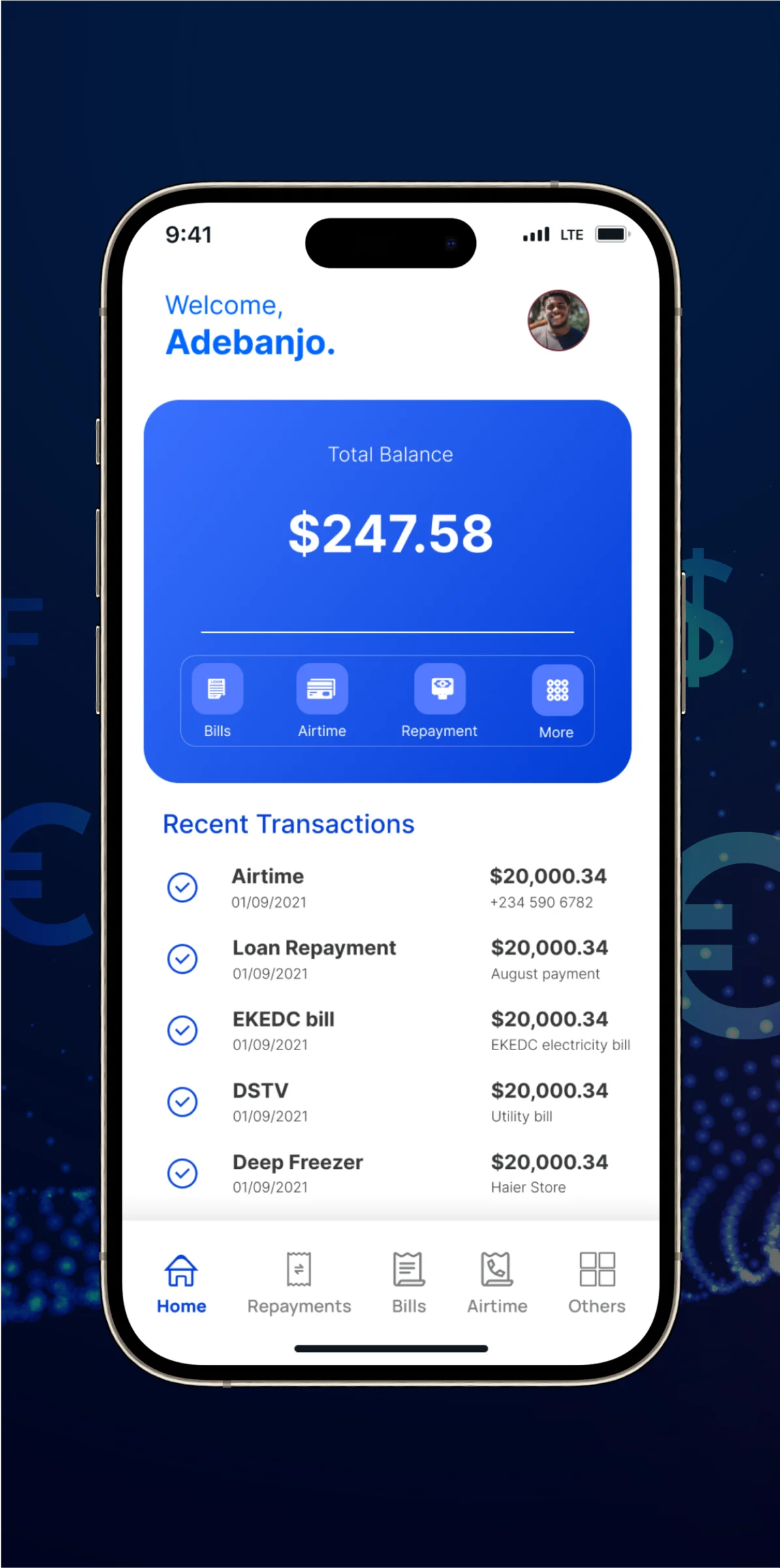
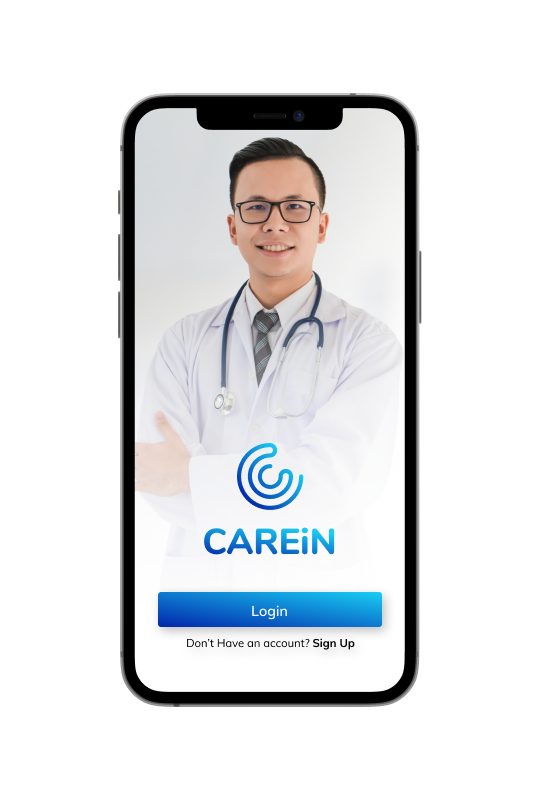
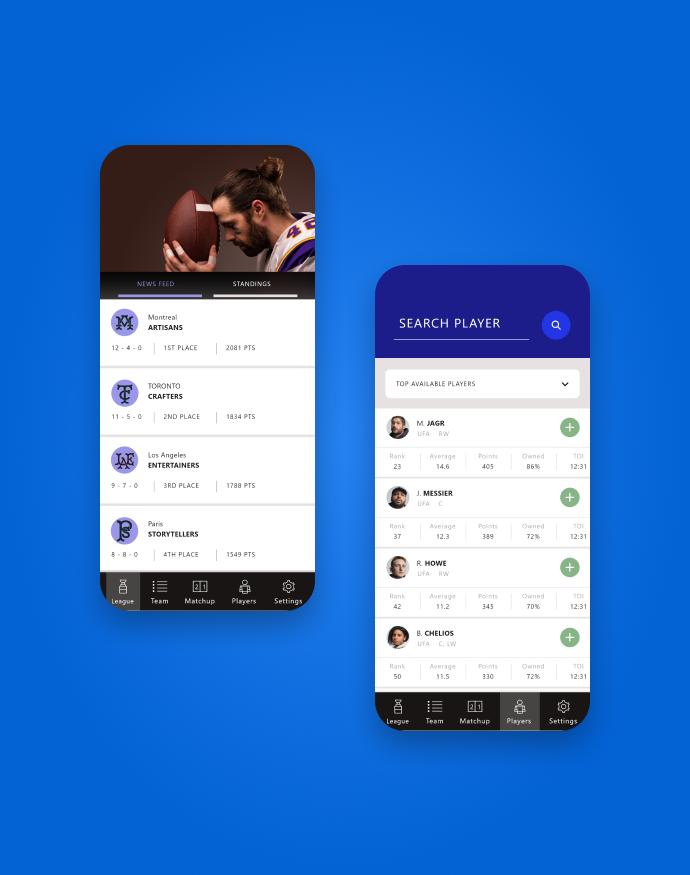
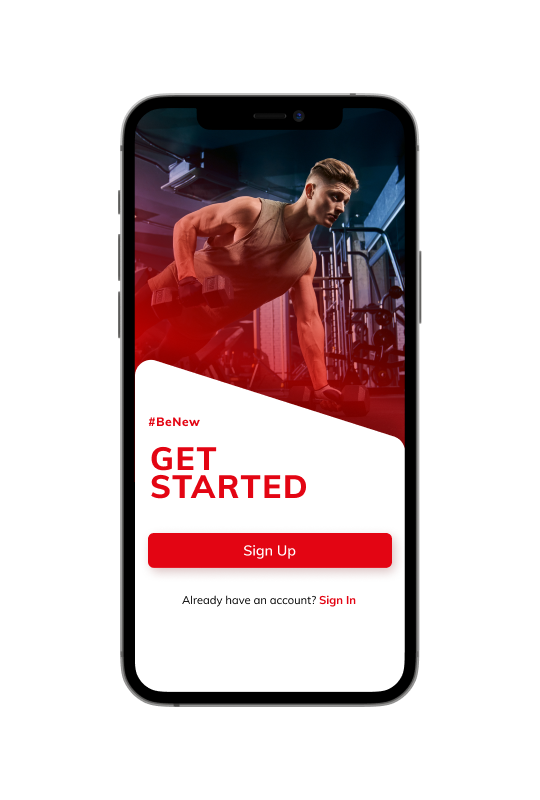

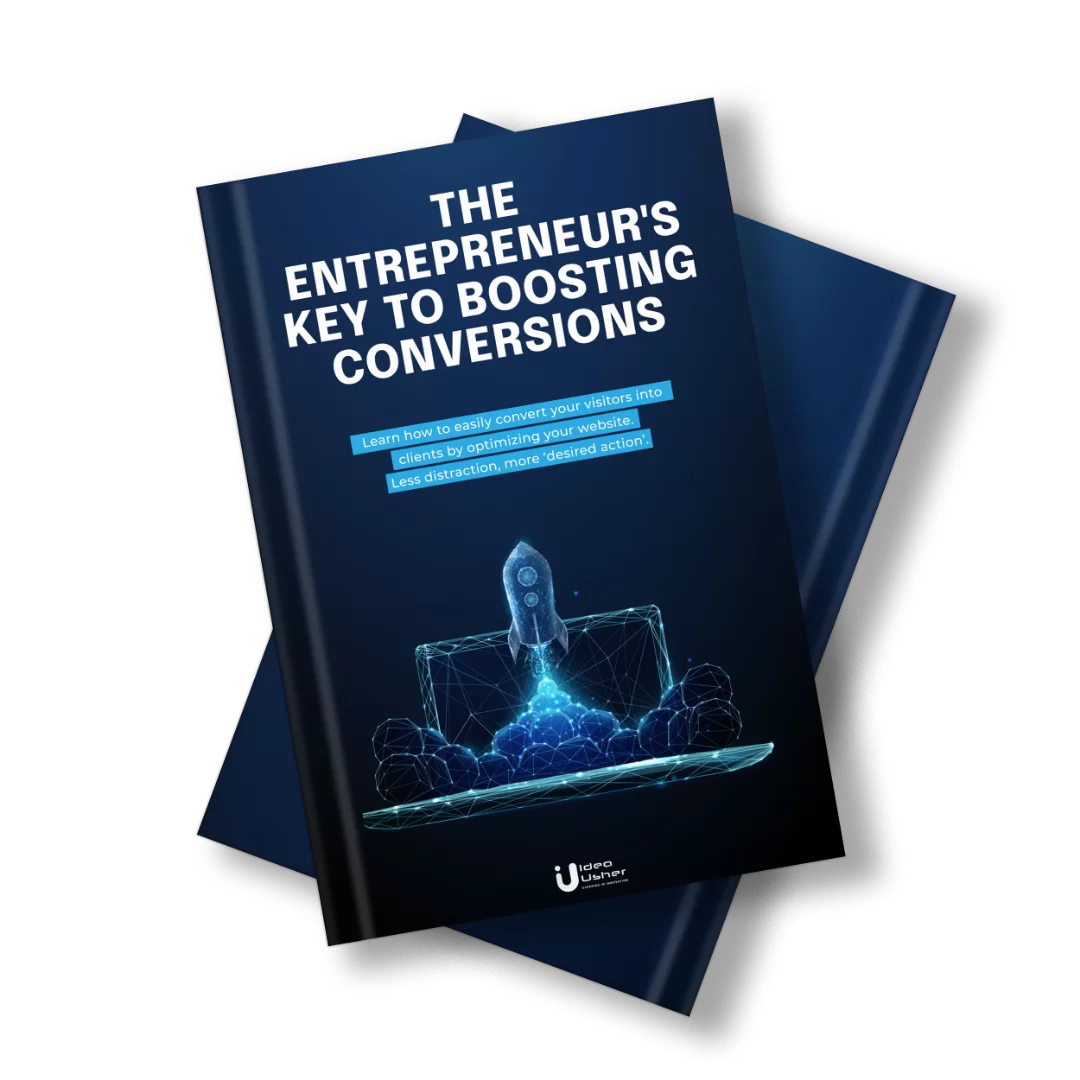
Sayan Chakraborty